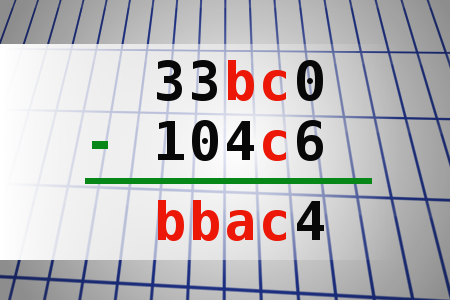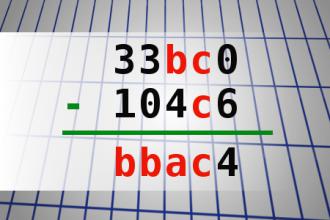Find number abc
If 33bc0 - 104c6 = bbac4 find number abc. Multiple solutions may exist.Correct answers: 18
The first user who solved this task is Nasrin 24 T.
#brainteasers #math

A Guy was staying in a fancy h...
A Guy was staying in a fancy hotel and was enjoying the pool when the manager told him quite bluntly to get out. When asked for the reason, the manager said, "Because you peed in the pool."
"Well," replied the swimmer, "lots of people do that."
"True," answered the manager, "but you did it from the diving board."
"Well," replied the swimmer, "lots of people do that."
"True," answered the manager, "but you did it from the diving board."

